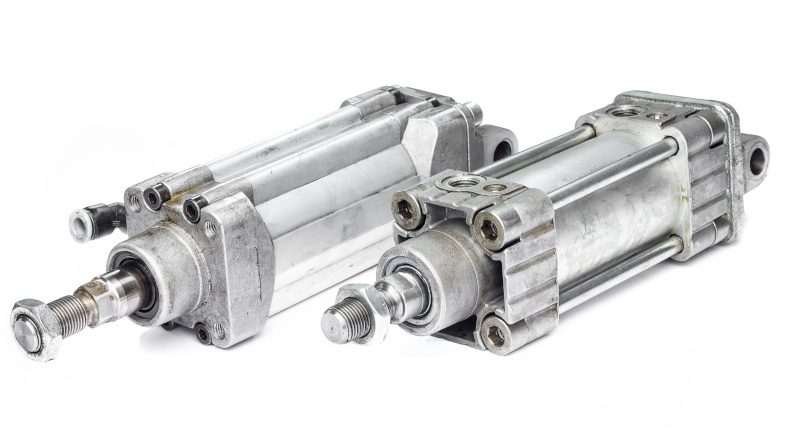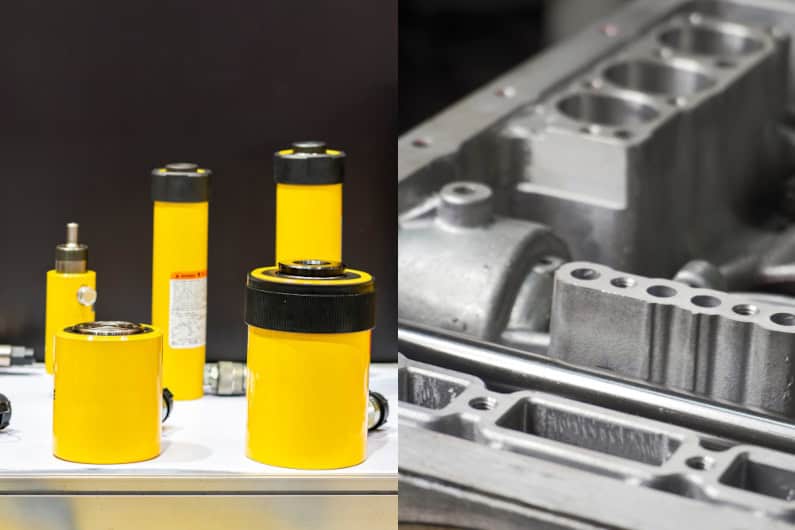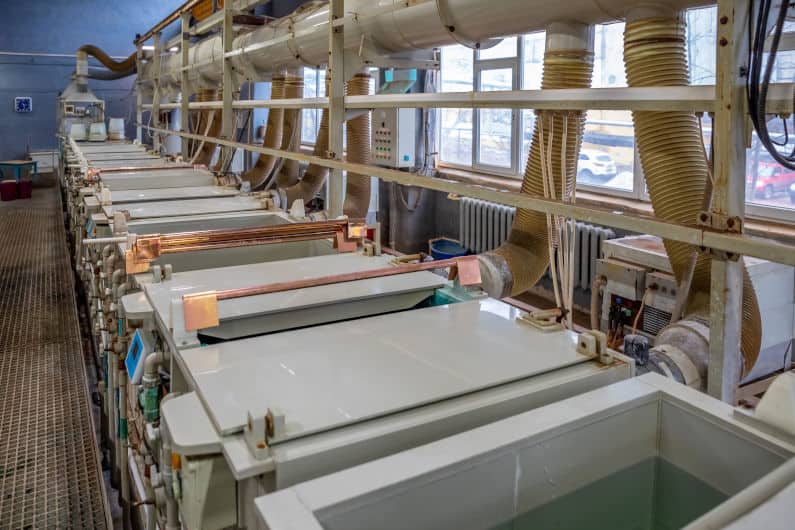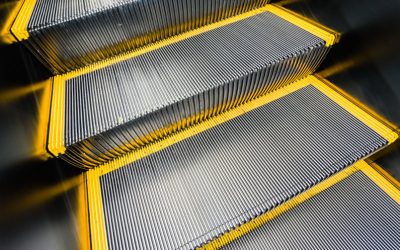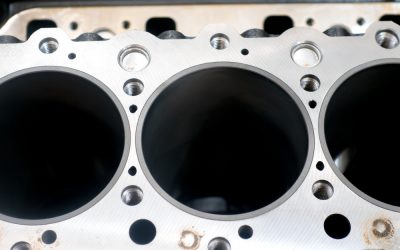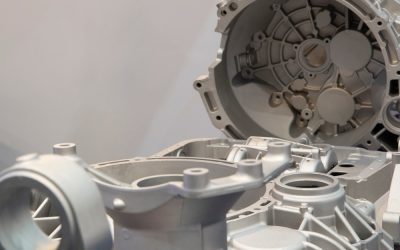A413 aluminum is a die-casting alloy design engineers specify as an alternative to A380, allowing them to cast components with high pressure tightness. Are you interested in A413’s composition, applications, and suitability for your die-cast part?
Read on for essential information about the alloy and a comparison to A380 to help determine if it is the most appropriate choice for your component.
Table of Contents
Aluminum A413 Chemical Composition
This alloy is a member of the 4xx.x series and is primarily alloyed with silicon. Here, you can see a breakdown of its alloying elements alongside those of A380.
| SL. No | Element | A413 | A380 |
|---|---|---|---|
| 1 | Copper (Cu) | ≤1.0 % | 3.0-4.0% |
| 2 | Iron (Fe) | ≤1.3% | ≤1.3% |
| 3 | Magnesium (Mg) | ≤0.1% | ≤0.1% |
| 4 | Manganese (Mn) | ≤0.35% | ≤0.5% |
| 5 | Nickel (Ni) | ≤0.5% | ≤0.5% |
| 6 | Silicon (Si) | 11-13% | 7.5-9.5% |
| 7 | Tin (Sn) | ≤0.15% | ≤0.35% |
| 8 | Zinc (Zn) | ≤0.5% | ≤3.0% |
![]()
There are two things to note about the alloy’s composition:
- The main alloying element of aluminum A413 is silicon (11-13%), which contributes to its excellent pressure tightness.
- The high silicon content also enhances the alloy’s fluidity, allowing it to flow easily into complex molds during the die-casting process and enabling the casting of intricate parts. (NADCA)
Mechanical Properties of A413 Aluminum
Engineers generally regard A413 as an alternative to A380, which can be used for components that require high pressure tightness. Here are some key mechanical properties of the alloy.
| SL. No. | Description | A413 | A380 |
|---|---|---|---|
| 1 | Hardness, Brinell | 80 | 80 |
| 2 | Tensile Strength,Ultimate (MPa) | 290 | 324 |
| 3 | Tensile Strength, Yield (MPa) | 131 | 159 |
| 4 | Elongation % in 2in. (51mm) | 3.5 | 3.5 |
![]()
A413 aluminum has mechanical properties similar to A380, but its tensile strength is somewhat lower.
Physical Properties of A413 Aluminum
Here are some key physical properties of the alloy.
| SL. No. | Description | A383 | A380 |
|---|---|---|---|
| 1 | Thermal Conductivity (W/m °K) | 121 | 96 |
| 2 | Electrical Conductivity %IACS | 31 | 23 |
High thermal conductivity in aluminum alloys, like A413, enhances their suitability for die-casting applications, particularly in industries where effective heat dissipation is essential for maintaining performance and durability. (MDPI)
Applications of the A413 Aluminum Alloy
Some of the most common applications of the A413 alloy are:
- Hydraulic Cylinders: Companies use A413 aluminum to produce hydraulic cylinders for various types of machinery.
- Other: Manufacturers use this alloy to make components such as outboard motor pistons, dental equipment, and pressure vessels.
So, how does this alloy compare to A380, which is widely considered the ‘default’ casting alloy?
A413 vs. A380
When considering the alloy’s chemical composition, the most significant difference between these two alloys is A413’s higher silicon content and copper restriction. A413 has higher pressure tightness, allows for more intricate designs, and has better corrosion resistance than A380 (NADCA). However, A413’s tensile strength is somewhat lower.
Surface Finishing for This Alloy
Die-cast parts made from A413 can accept surface finishes such as anodization and powder coating to enhance their appearance and corrosion resistance. However, it is a challenging alloy to finish and requires additional pretreatments.
Need a Second Opinion?
At Gabrian, we produce custom die-cast components in India and can recommend alloys for your part. Contact us today to discuss the details of your project, and we’ll be happy to provide you with a review and quote. Learn more about our die casting services.

